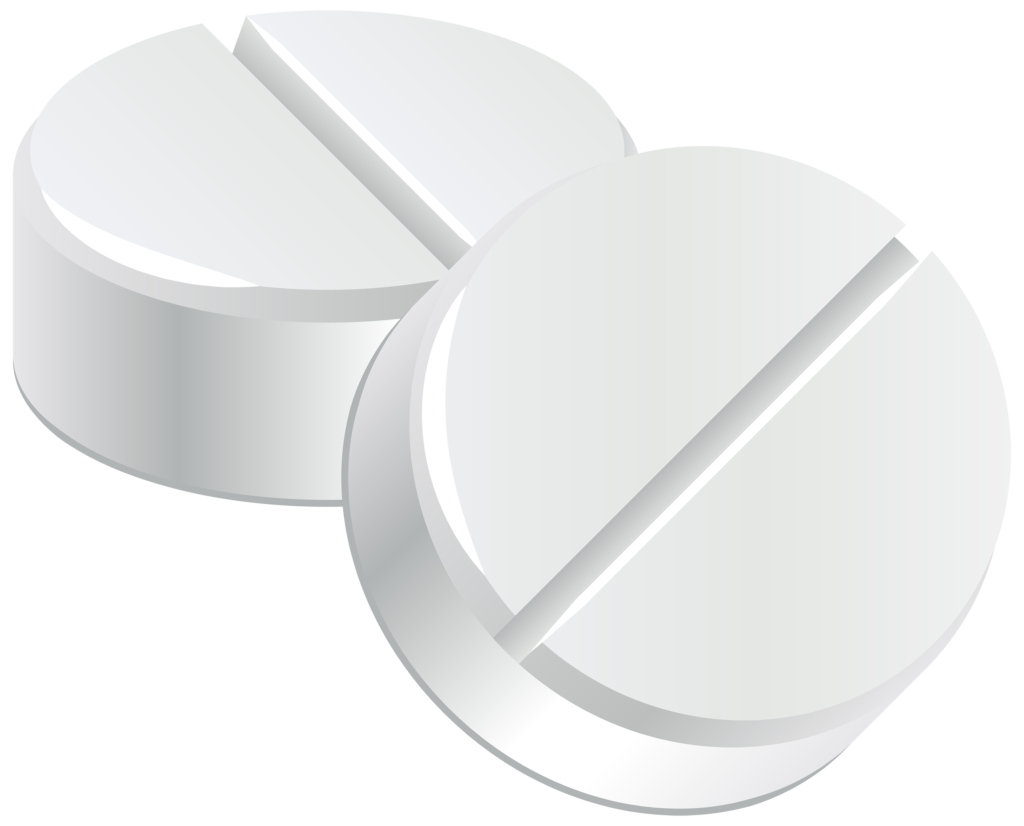
Tablets are one of the most common forms of medication delivery due to their versatility and numerous benefits. Here’s why they are widely used:
Objective Reasons for Tablet Production
- Precision: Tablets ensure accurate dosing of active ingredients for consistent treatment outcomes.
- Stability: The solid form protects drugs from environmental factors like moisture and air, enhancing shelf life.
- Ease of Production: Tablets can be mass-produced efficiently, reducing manufacturing costs.
- Variety: They can be designed in various forms, such as immediate-release, controlled-release, or multi-layer tablets, tailored to specific therapeutic needs.
Benefits of Tablets in Medication
- Convenience: Tablets are portable, easy to administer, and require no special storage or preparation.
- Taste Masking: Coatings can mask unpleasant tastes, making them more palatable for patients.
- Customization: They can be scored for splitting, allowing dosage adjustments when needed.
- Controlled Absorption: Specialized tablet designs (e.g., enteric-coated or extended-release) regulate drug absorption for optimal efficacy.
- Compliance: Their straightforward use improves patient adherence to treatment plans.
Tablets have revolutionized medication delivery, providing a reliable, user-friendly, and versatile option for treating various health conditions.
Tablet compression machines are essential in pharmaceutical manufacturing for compressing powder or granules into tablets. Here are the main types:
1. Single Punch Tablet Press
- Description: Also known as an eccentric press, it uses a single set of punches and a die.
- Applications: Ideal for small-scale production, research, and development.
- Advantages: Simple design, easy to operate, and cost-effective.
2. Rotary Tablet Press
- Description: Features multiple sets of punches and dies arranged in a rotating turret for continuous tablet production.
- Applications: Suitable for large-scale production in pharmaceutical and nutraceutical industries.
- Advantages: High efficiency, capable of producing thousands of tablets per hour.
3. High-Speed Rotary Tablet Press
- Description: An advanced version of the rotary press with enhanced automation and precision.
- Applications: Used for ultra-high-speed production of pharmaceutical tablets.
- Advantages: Extremely efficient for mass production and multi-layer tablets.
4. Multi-Layer Tablet Press
- Description: Designed to produce tablets with multiple layers, each containing different ingredients.
- Applications: Used for creating complex formulations like controlled-release tablets.
- Advantages: Allows for innovative tablet designs and combinations.
5. Mini Tablet Press
- Description: Compact machines for producing small batches of tablets.
- Applications: Ideal for R&D and pilot-scale production.
- Advantages: Portable and cost-effective for small-scale needs.
Here there are some informational Videos from the OEMs of Tablet compression machine for informational purpose.
